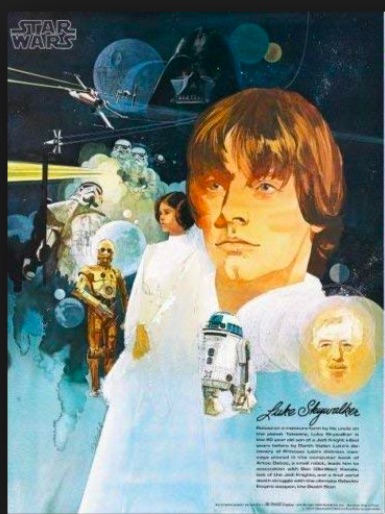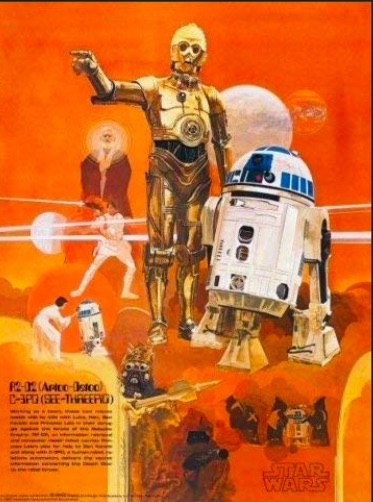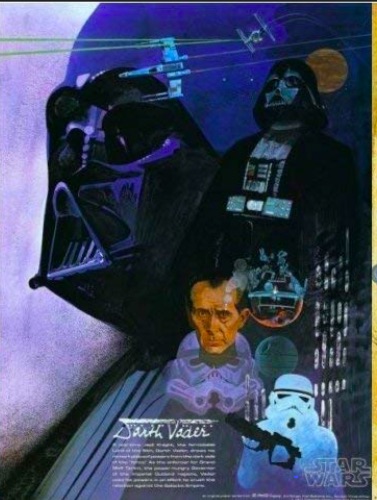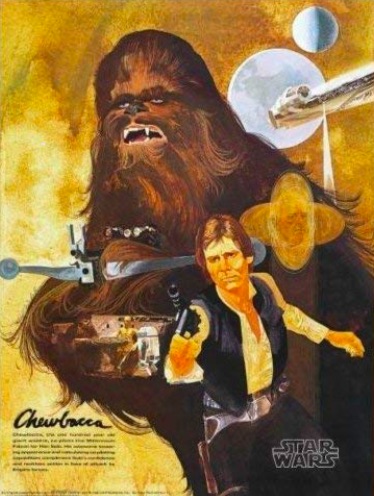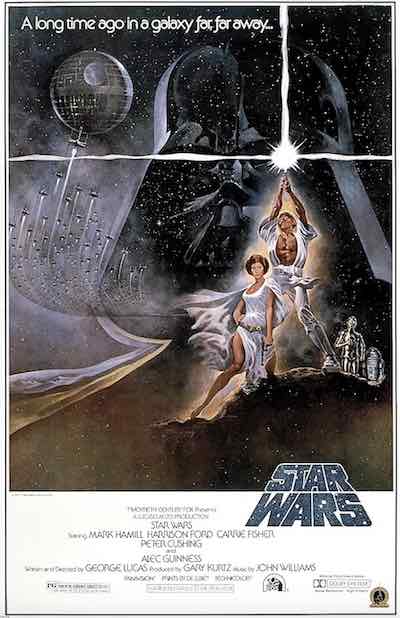
I recently decided to reread Stephen King’s vampire novel, ‘Salem’s Lot. This seemed reasonable enough, as I had first read the book in 1984. (After thirty-five years, just about any novel or film will seem fresh again.)
I have a lot of nostalgia associated with this novel, as I tend to have a lot of nostalgia associated with a lot of things. This was the book that birthed my adult interest in reading and writing.
In February of 1984, I was a sophomore in high school. During my free period, I worked behind the counter of the school library. That’s right: I was a librarian.
But I wasn’t a big reader. Not at that time, at least. I had been a very avid reader during my childhood years, devouring series like John Dennis Fitzgerald’s The Great Brain, and Alfred Hitchcock and the Three Investigators.
Once I hit puberty, though, I developed other interests: football and rock music, specifically.
I did play high school football for a while—if you can dignify what I did with that description. (I was a third-string right tackle, or something like that.) And I messed around with a few garage bands. I can still play the basic chords on a guitar. (But I was always much more interested in lyrics than in music.)
One day, when things were slow in the school library, I picked up a dogeared paperback copy of ‘Salem’s Lot on a whim, and started reading it.
I was immediately hooked. I checked the book out, and read the entire thing in less than a week.
After that, I read the rest of Stephen King’s oeuvre, as it existed in 1984. Stephen King fans tend to divide themselves between those who prefer his newer style—long, rambling books like Duma Key and 11/22/63, and those who prefer the tightly plotted, shorter novels of his earlier years. Put me solidly in the latter camp. The Stephen King books I most love: The Stand, Pet Sematary, Christine, Carrie, The Dead Zone, Cujo, and ’Salem’s Lot were already available in 1984. (’Salem’s Lot, in fact, had already been out for a decade in 1984, and had already been adapted into a made-for-TV movie, starring David Soul as Ben Mears.)
There is much about ‘Salem’s Lot to love. Let’s start with the way Stephen King pulls you into the small-town New England setting. I have spent most of my life in Ohio, and I’ve never been within a hundred miles of Maine. But when I read ‘Salem’s Lot, I had a deep, palpable feeling of small-town Maine life in the mid-1970s, when the story takes place.
The horror element of the story builds slowly, and is an organic part of the setting. The horror is embedded in the history of the town, and Ben Mears’s terrifying childhood experience in the Marsten House. When the supernatural phenomena begin to occur, they are believable precisely because Stephen King has already made you believe in this world of ‘Salem’s Lot, a small town in rural Maine.
It starts with the very prosaic, quite mundane details, as seen through the eyes of Ben Mears. It begins as Mears, still haunted by the death of his wife, is driving into the town where he had spent a few happy summers of his childhood:
…and he could see Schoolyard Hill through the slash in the trees where the Central Maine Power pylons ran on a northwest to southeast line. The Griffen farm was still there, although the barn had been enlarged. He wondered if they still bottled and sold their own milk. The logo had been a smiling cow under the name brand: “Sunshine Milk from Griffen Farms!” He smiled. He had splashed a lot of that milk on his cornflakes at Aunt Cindy’s house.
That, you see, is how a master horror writer like Stephen King suspends your disbelief. He begins by investing you in the characters and the settings. Then he introduces the paranormal—the scary stuff.
The vampires in ‘Salem’s Lot are old-school vampires. They are spiritually foul, evil creatures who pose a threat to your immortal soul. The best horror fiction involves the threat of death—either spiritual death or physical death. ‘Salem’s Lot involves both.
I will confess a love of the old-school vampires, done in the Bram Stoker mode. I moderately enjoyed Richard Matheson’s I Am Legend, but it was a lightweight vampire novel compared to ’Salem’s Lot. A virus-created vampire is not a proper vampire. A proper vampire must be a supernatural, reanimated being. It must recoil from crucifixes, and be burned by holy water. A vampire is not a scientific accident, or a misunderstood antihero (more on that abomination shortly).
Stephen King maintains a pretty tight pace throughout ‘Salem’s Lot. Like I said, I read it the first time in less than a week; and I read it the second time at a similarly brisk pace.
Nevertheless, the book was originally published in 1975. Since then, much as changed. The reading public has become accustomed to 200+ channels on cable television, Jame Patterson-style minimalist thrillers, and…of course, the Internet, cell phones, and all the distractions of digital life. Attention spans are much short than they were in 1975, or even 1984.
I would like to declare that I haven’t been personally influenced by any of this, but I know better. As much as I admire Stephen King’s “world-building” in ‘Salem’s Lot, there were a few passages in which he spends a bit too many words going in-depth about the foibles and petty hypocrisies of small-town life.
Also, I was fifteen when I read the book for the first time. I was fifty when I reread it. In the intervening years, I have read many novels, and consumed countless television dramas, movies, etc. Perhaps my standards are more exacting than they were in 1984.
There is a feeling of pathos that the reader gets from ‘Salem’s Lot, and I believe that this is one of the book’s under-appreciated aspects. Much of the best horror fiction does leave us slightly sad and reflective. After reading a good horror novel, you should be like the wedding guest in The Rime of the Ancient Mariner: “a sadder and a wiser man” (or woman).
Ben Mears comes to ‘Salem’s Lot in order to recover from an existential tragedy, the death of his wife, Miranda, in an accident. What he encounters there, however, is yet another tragedy—this one even more profound and disturbing.
On a personal level, he briefly finds love again, in his budding relationship with Susan Norton. But that (spoiler alert) is not to last. His loss of Susan, moreover, will be closely tied to the vampire outbreak, culminating in a scene that is reminiscent of a scene in Bram Stoker’s Dracula.
I love ‘Salem’s Lot, as this post probably makes clear. My own personal attachment to the book aside, I sincerely believe that it is a great novel, and probably the best novel of the vampire genre yet written.
I despise what Stephanie Meyer and her many imitators have done to the vampire genre. The vampire should be dark and terrifying. Twilight—and the many Twilight knock-offs—have transformed the vampire into a teenage girl’s romantic fantasy. (Search for “vampire novel” on Amazon, and most of the results will be YA romance novels. Gag me.)
But we still have ‘Salem’s Lot. If you like the idea of a real vampire novel, then you should definitely read this one, if you haven’t done so already.

